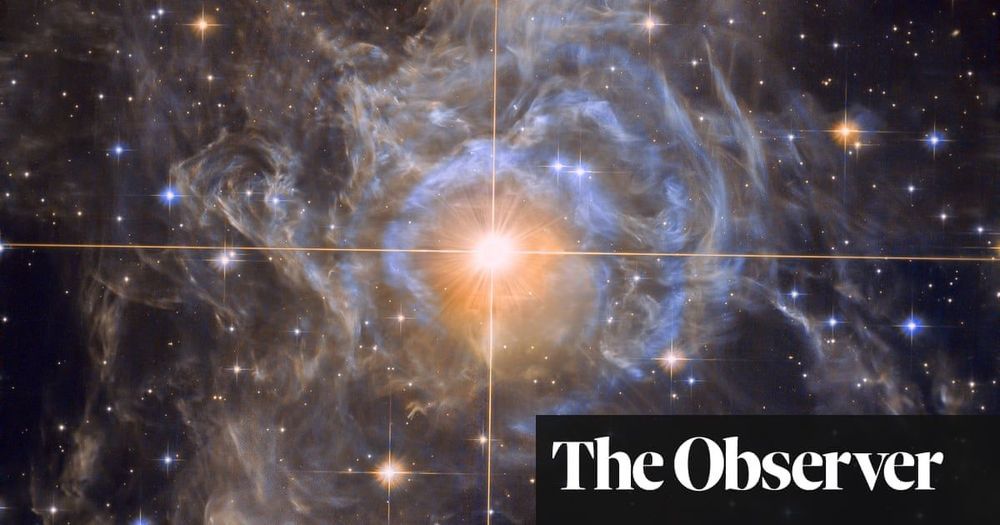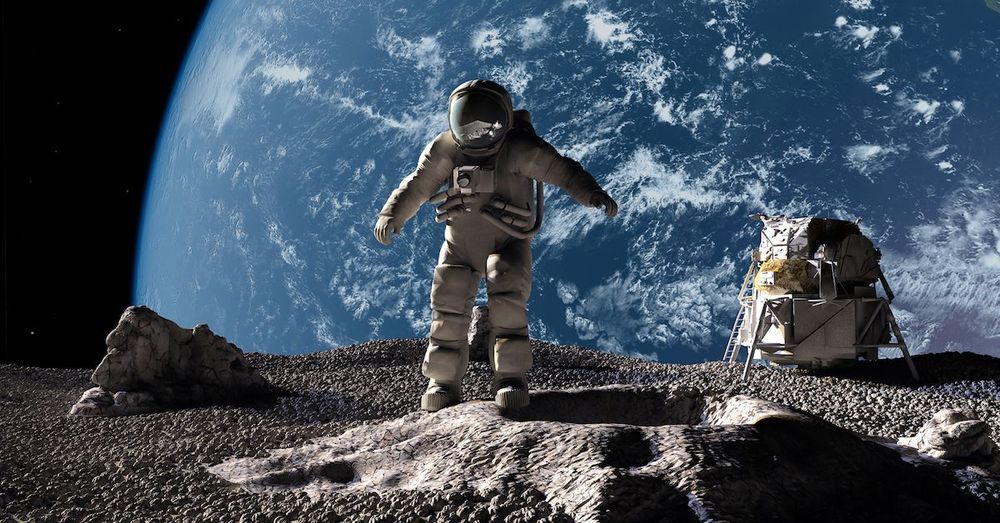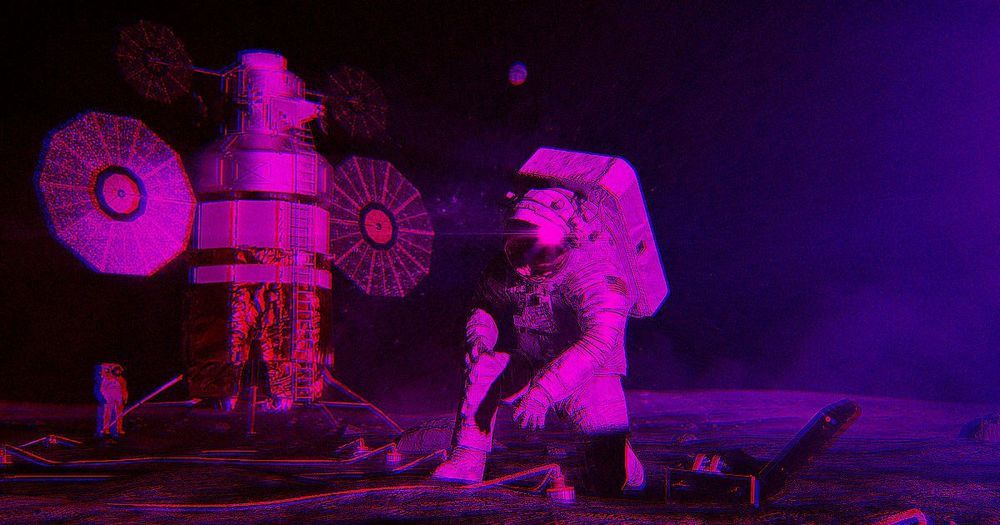We took a field trip to the largest green roof in New York City. Then we imagined what the city could be like if all of its roof space was green.
Category: space – Page 866



The Surprising Anti-Aging Effect of Living in Space
51-year-old astronaut Scott Kelly lived in the International Space Station for almost a year while his identical twin brother Mark continued with life on earth. As an astronaut, Scott is a member of group that’s been studied in greater depth than any other living humans. As part of a special study, so was his earthbound twin.
The many negatives of space travel were expected to take their toll on Scott’s health — and they did.

NASA Is Considering Whether to Send an Orbiter to Pluto
NASA is considering a return trip to the most hotly-contested body in our solar system and has awarded funding to the Southwest Research Institute (SwRI) to study the cost and feasibility of an orbiter mission to Pluto.
Following the success of the New Horizons mission which visited Pluto in 2015 and then traveled on to visit Kuiper Belt Objects (KBOs) including the most distant object ever explored, Ultima Thule, scientists want to go back to the dwarf planet to learn more about it. New Horizons had a limited payload so it could only perform a cursory analysis of Pluto and its moons. The new mission would involve sending a craft into orbit around the dwarf planet to gather data and hopefully answer some of the questions raised by the earlier mission.
NASA is funding the study as part of the Planetary Science Decadal Survey, a document that explores key questions in planetary science and is published every 10 to 15 years. The study will form part of the next survey, which is set to begin in 2020.
Northrop successfully launches Cygnus cargo spacecraft for the ISS
An Antares rocket from Northrop Grumman has successfully launched the Cygnus cargo spacecraft on its way to the International Space Station. The launch happened at 9:59AM from the Mid Atlantic Regional Spaceport as anticipated. Assuming nothing unusual happens, NASA says the cargo vessel will arrive at the ISS on Monday, November 4, carrying a huge load of supplies and scientific materials.



Hubble has unveiled a spooky new image staring out from the depths of the cosmos just in time for Halloween
The new image reveals the twin galaxies AM 2026–424 — a pair of interacting galaxies that may foreshadow our Milky Way’s own frightening fate.
For more information: https://go.nasa.gov/2WkvPpV
Credit: NASA, ESA, J. Dalcanton, B.F. Williams, and M. Durbin (University of Washington).
#NASA #Hubble #space #science #astronomy #universe #telescope #cosmos #halloween #galaxy
